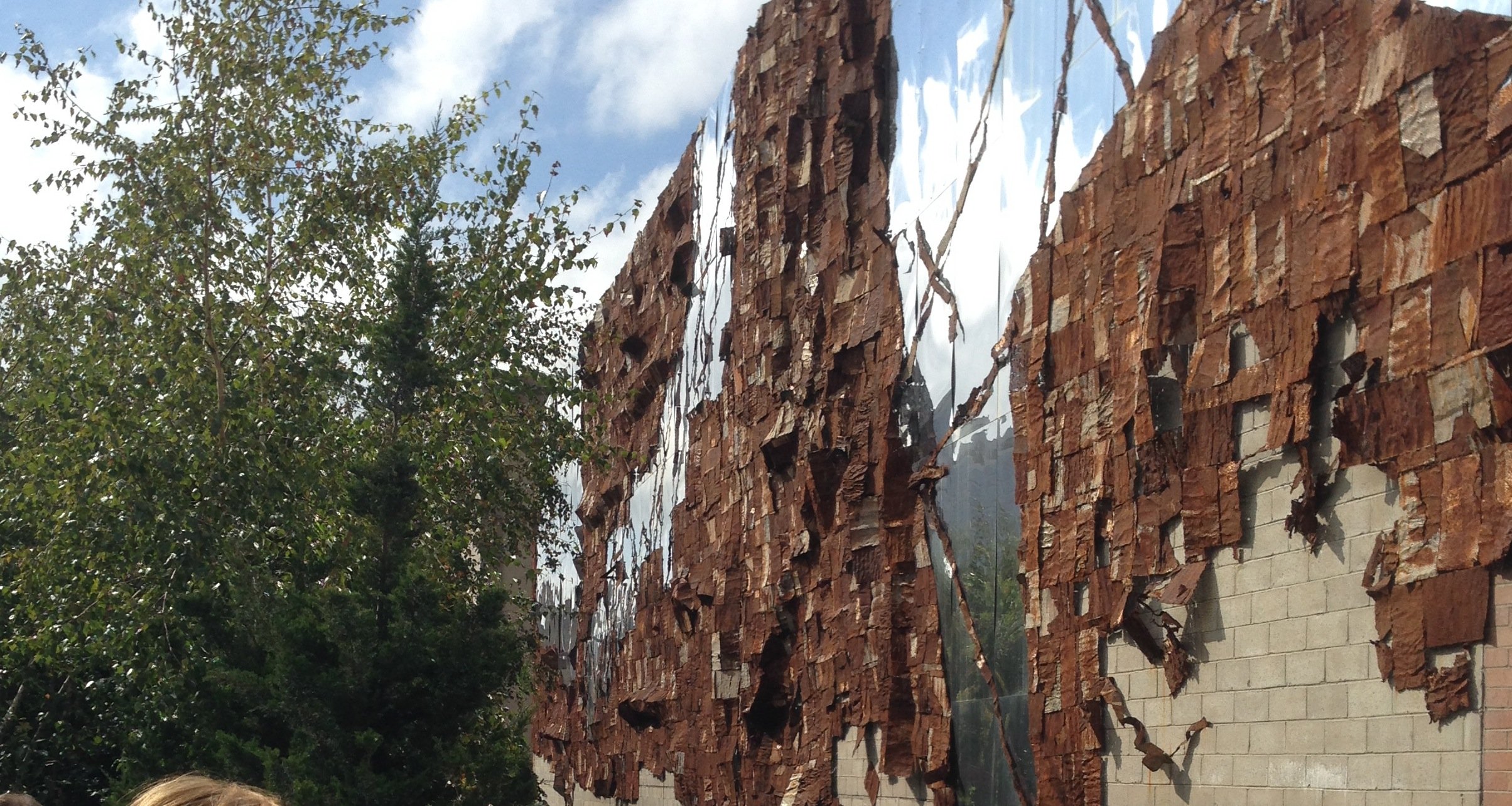CONNECTING TO THE HIGH LINE
Doug Joyce | the High Line
20 October 2013
The street, the public way responds to the buildings around it, and the buildings in-turn respond to the street. This is true, whether the designers and engineers of the street, or those who design the buildings acknowledge it or not.
The High Line in New York is a public way, a kind of a street. By no means does it replace the street at grade, in function, nor in its full relationship with the surrounding buildings. The original trestles and freight rails did respond to a particular 'need' that the surrounding buildings had, that is, the movement of goods to and between them. Over the years this need faded away; eventually it was creatively repurposed to fill the need for new York's inhabitants to move around on foot, in an outdoor and public space that provided a calming antidote to the bustling city life. So in claiming public access, providing up-and-over connectivity, and in continuing (albeit in a different way from the trestles) a relationship with the surrounding buildings, the High Line becomes a substitute street.
I finally had a chance to walk the length of the High Line this past weekend. I was interested in the dialog between this linear park that floats through the city, and the surrounding buildings, both old and new. I found an intoxicating combination of the old and new structures, where each, having found access to this discovered public treasure, sought to find its own relationship with it.
Here are two examples of connections and treatments to existing and new buildings
Connection to a New Building
Treatments to existing buildings
New York is filled with the most wonderful streets. The dialog between many of the buildings that face these are wonderful. However, this newfound relationship of the High Line to its structures seems to be creating a higher level of excitement. Is it the newness of it all? Is it the taking-for-granted character of the street? Yes and yes. The excitement of these 'other' public ways, like the High Line, should give us some inspiration about designing around the most established of city features, the street.
Here are some links to some previous thoughts on the subject, and a link to the High Line itself:



